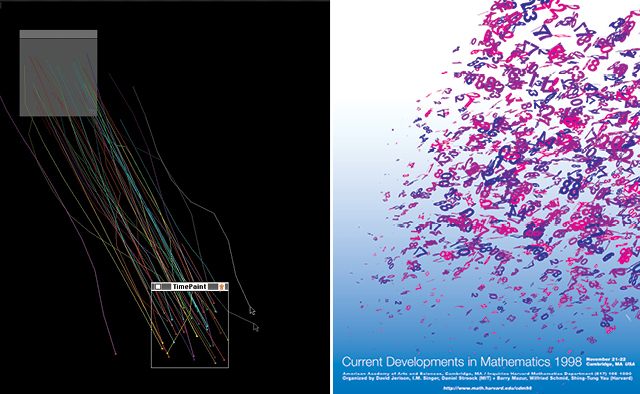This article has been contributed by John Clifford.
Paul Rand said, “Visual communications of any kind, whether persuasive or informative, from billboards to birth announcements, should be seen as the embodiment of form and function: the integration of the beautiful and the useful.” It’s not only about how it looks, or how it works, but about how it looks and works together.


The American master of corporate identity, advertising, and editorial design codified his approach and methodology in the classic 1947 book Thoughts on Design. Out of print for nearly 40 years, the book is now being reissued, with a new foreword by Pentagram’s Michael Bierut, to commemorate what would have been Rand’s 100th birthday.
Bringing the book back to life was a labor of love for Michael Carabetta, the creative director at Chronicle Books. “My affinity for Paul Rand goes back to design school. You can’t study design history without being struck by his singular vision. IBM, ABC, (the original) UPS and other 20th century marks of his have withstood the test of time and set the standard for what has become known as branding. Rand’s work is always something you measure yourself against.”
Carabetta’s not alone: many legendary designers cite Rand and Thoughts on Design as major influences.
Tom Geismar
Design firm Chermayeff, Geismar & Haviv have designed more than 100 corporate identities for clients such as Chase, PBS, Mobil, and Pan Am. For them, design is solving problems, and they pursue the best solution, regardless of form. Partner Tom Geismar recently spoke of studying at Yale “at a time when even the term ‘graphic design’ was just coming into use. Among the visiting teachers were Lester Beall, Alexey Brodovitch, Leo Lionni, Alvin Lustig, and Herbert Matter. They are all rightful heroes to us, along with, and especially, Paul Rand, whose influence continues to evoke wonder.”

George Lois
“Cantankerous, irascible, loving–bristling with talent, brimming over with taste, and endowed with invincible personal conviction–the original and badass Rand showed the way,” said legendary advertising man George Lois. Well-known for his Esquire magazine covers from the 1960s, Lois believes in “the Big Idea” that cuts through the clutter and reaches people. His goal for Esquire was to create covers so compelling they would stop people on the street and make them buy the magazine. “Thoughts on Design takes an honored place in my extensive library. Now a tattered bible, I read and reread it a thousand times in my early teens. Rand’s talent and instinct created an absolutely supreme standard for the rest of my life.” When asked for tips for young designers, Lois answered, “My advice is to read Damn Good Advice (by George Lois) and then read it again, and again, just as I read Thoughts on Design by Paul Rand when I was 14 years old.”

John Maeda
John Maeda was a computer science grad student at MIT on his way to becoming a user interface designer. Then he read Rand’s Thoughts on Design—an experience that shifted the course of his career. He took a humbling message from Rand’s book: Understanding the computer did not necessarily make one a good designer. As a result, Maeda decided to study graphic design, where he added traditional design skills and concepts to his knowledge of computers. Since then, Maeda has explored the area where design and technology meet, and thinks of the computer as a tool and a medium. In his quest to educate, Maeda writes books, too. The Laws of Simplicity outlines his hopes that technology will simplify, rather than complicate, our lives.

Paul Rand taught at Pratt Institute and Cooper Union before becoming a professor at Yale, where he spent 25 years. He worked hard up until the day he died, at age 82, and once said, “Design is a way of life.” Now that Thoughts on Design is readily available again, the rest of us can learn directly from the master.
—
John Clifford is the author of Graphic Icons: Visionaries Who Shaped Modern Graphic Design, and the creative director of NYC design firm Think Studio, focusing on identity, digital, publishing, and print design. He teaches graphic design history at Parsons School of Design. You can follow him on Twitter.
Portions excerpted from Graphic Icons: Visionaries who Shaped Modern Graphic Design by John Clifford. Copyright © 2014. Used with permission of Pearson Education, Inc. and Peachpit Press.
Very nice brother. Your creativeness is awesome..